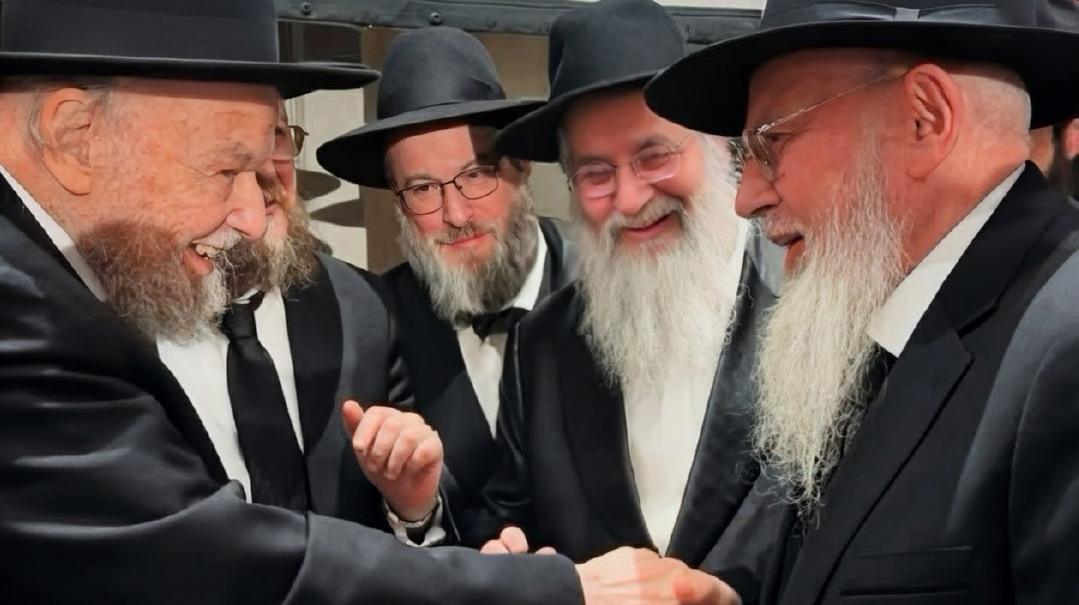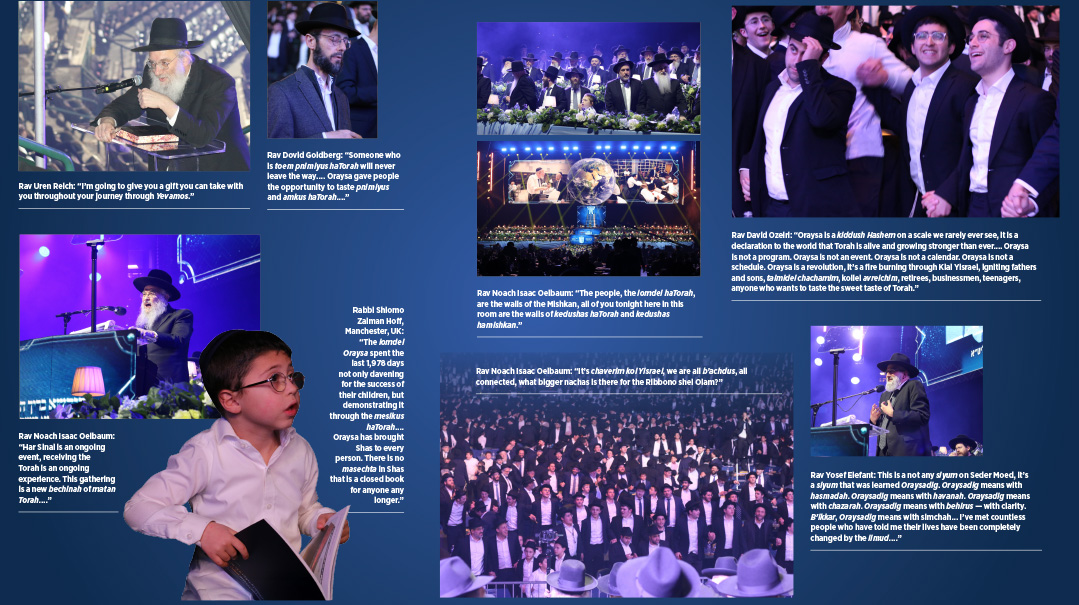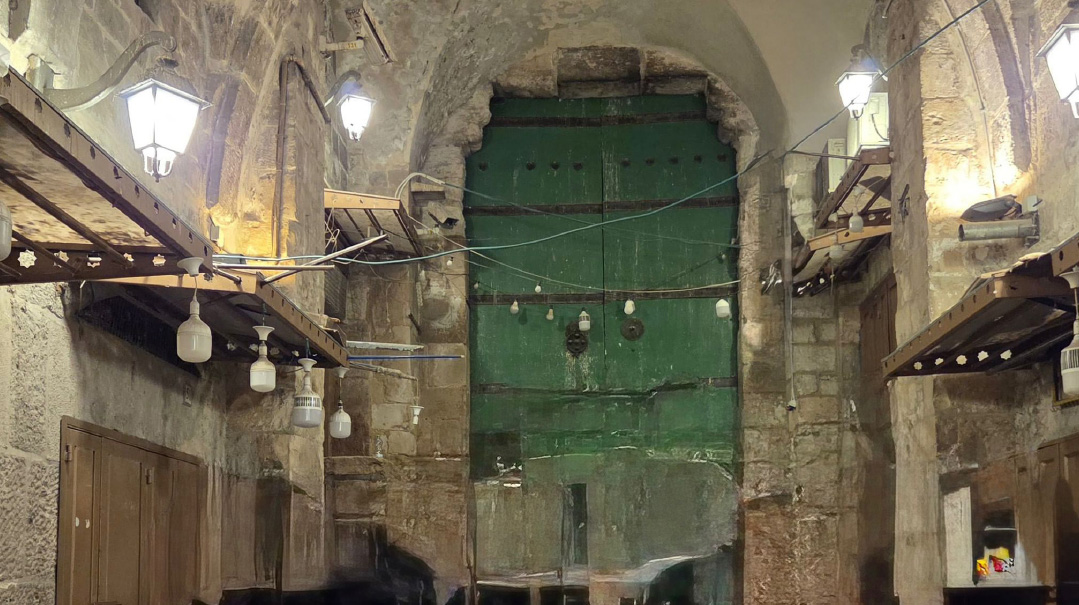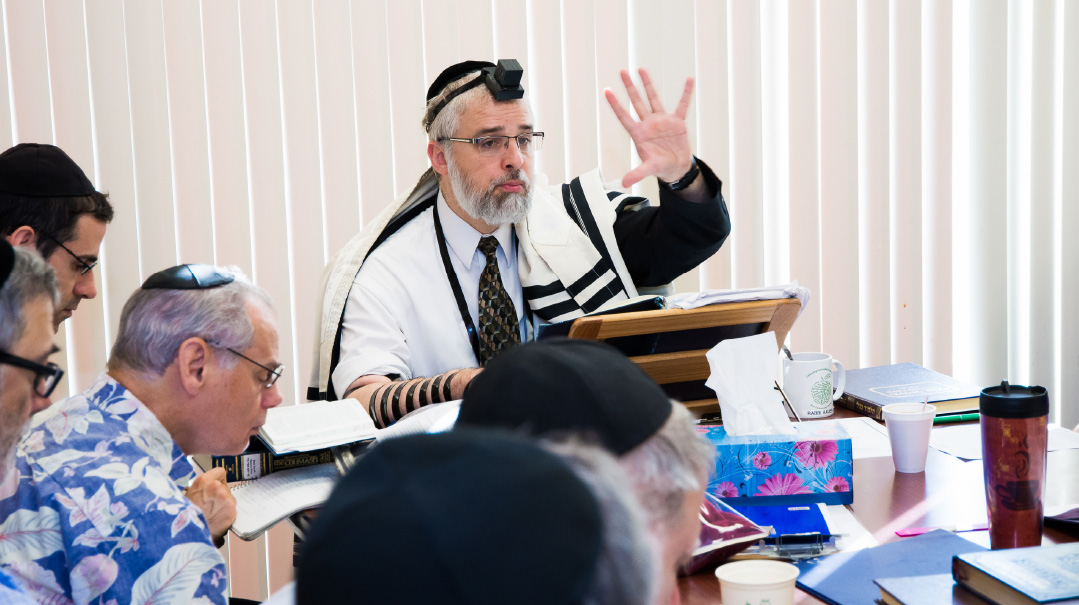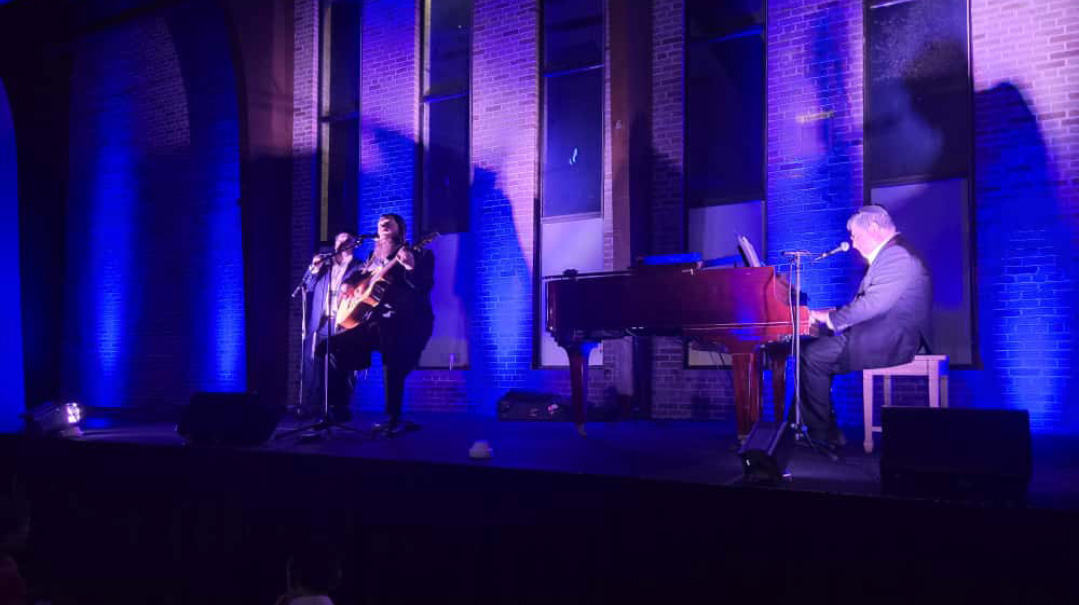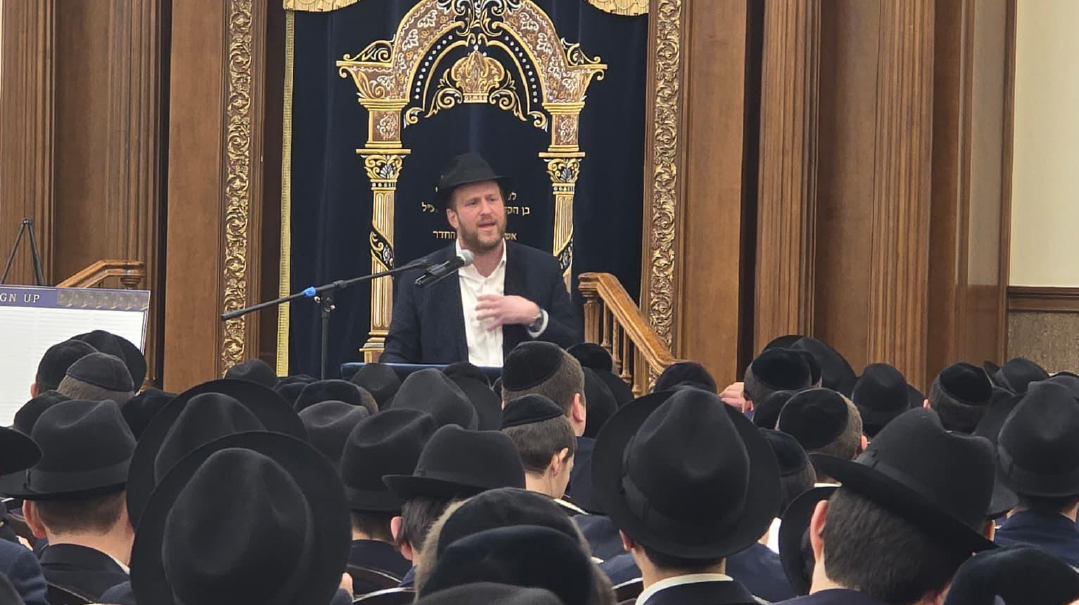The Moment: Issue 1033
| October 13, 2024“The yeshivah is indeed being built in the place of rock,” said the rosh yeshivah, “that ancient rock from the Beis Hamikdash
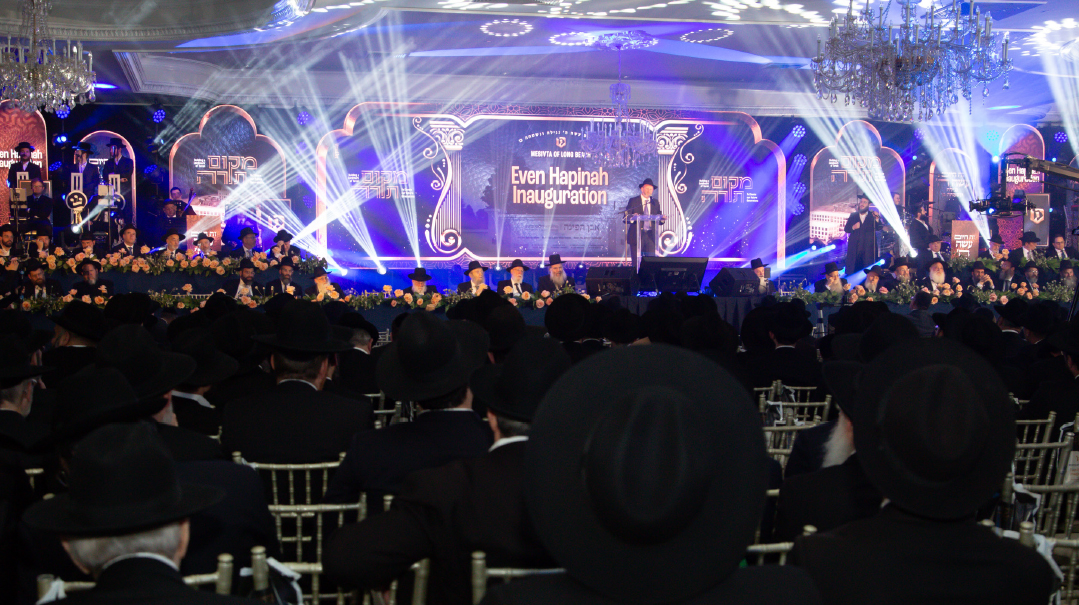
Living Higher
The recent inaugural even hapinah celebration, heralding the development of an all-inclusive, brand-new campus for the Mesivta of Long Beach in Chestnut Ridge, New York, was a historic event on the national Torah landscape.
In the 60 years since its founding, the Long Beach yeshivah, under the leadership of the late Rosh Yeshivah, Rav Yitzchok Feigelstock ztz”l, has produced thousands of talmidim who went on to impact every Torah community in the country. Yet its locale, in what was initially an unpretentious and tranquil resort area, has in recent years become a teeming summer beach getaway. For many years already, it has not been a fitting and hospitable setting for young wholesome and growing bnei yeshivah.
Still, a search of more than 15 years did not turn up an appropriate spot to which the celebrated Torah institution could relocate. Until, facilitated by the generosity of Reb Bentzion Heitner, a renowned baal tzedakah from Toronto, the yeshivah was able to purchase a majestic 15-acre site in Chestnut Ridge.
Addressing the crowd, the rosh yeshivah, Rabbi Chaim Yehoshua Hoberman, shared an unsettling experience that occurred while the site was being excavated. The construction crew hit solid rock and the predictions of feasibility for its removal were dire. However, the fears proved to be unfounded. The rock was easily removed.
The rosh yeshivah then repeated a centuries-old mesorah, brought by gedolei Acharonim, that that at the time of the Churban Beis Hamikdash, its stones were scattered throughout the world, and in each place where stones landed, in due course, a beis knesses or a beis medrash is built.
“The yeshivah is indeed being built in the place of rock,” said the rosh yeshivah, “that ancient rock from the Beis Hamikdash, the underpinnings of this mikdash me’at.”
Overheard
On Yom Tov, there is a special tefillah that can be inserted in Kedushah of Mussaf while the chazzan sings “ayeh.” The machzor has three tefillos that can be recited — one for righteous children, one for parnassah, and one for ruach hakodesh — but you are only allowed to recite one. Given the choice, wouldn’t anyone with a sense of priorities recite the tefillah for righteous children? And if so, why did the Baal Hamachzor insert all three? Why didn’t he just provide us the one we will end up saying? Perhaps the Baal Hamachzor wanted to teach us that raising children properly may come at the expense of your parnassah and even at the expense of your own aliyah.”
A vort circulating in the name of Rav Moshe Eliezer Rabinowitz ztz”l, menahel of Mesivta Keren HaTorah in Lakewood and rav of Bais Medrash Tiferes Shimon.
On a Wing and a Prayer
At the El Al security tag kiosk, the machine buzzes with activity as visitors make their way to and from the Holy Land for the chagim. Sandwiched between the screens, though, is a Siddur Avodah Shebalev, allowing the airline’s customer service officials to utilize any downtime they may have to engage in the ultimate service.
(Originally featured in Mishpacha, Issue 1033)
Oops! We could not locate your form.

